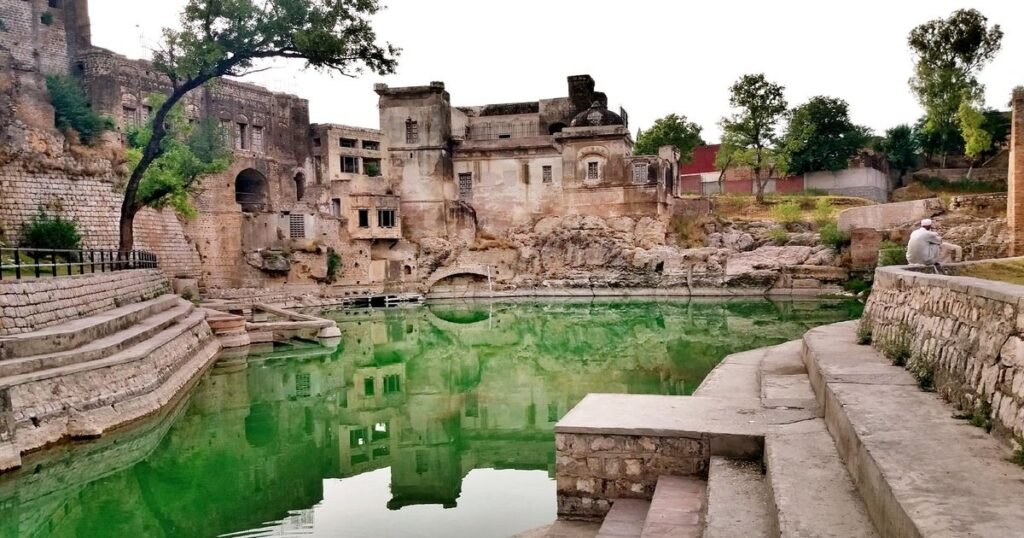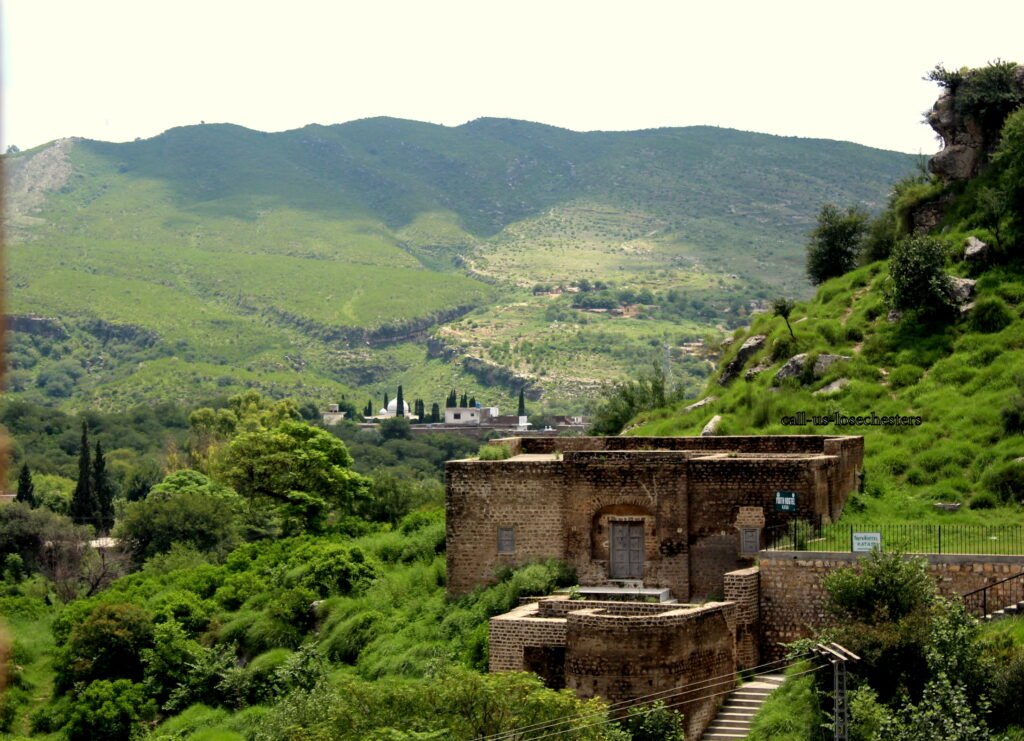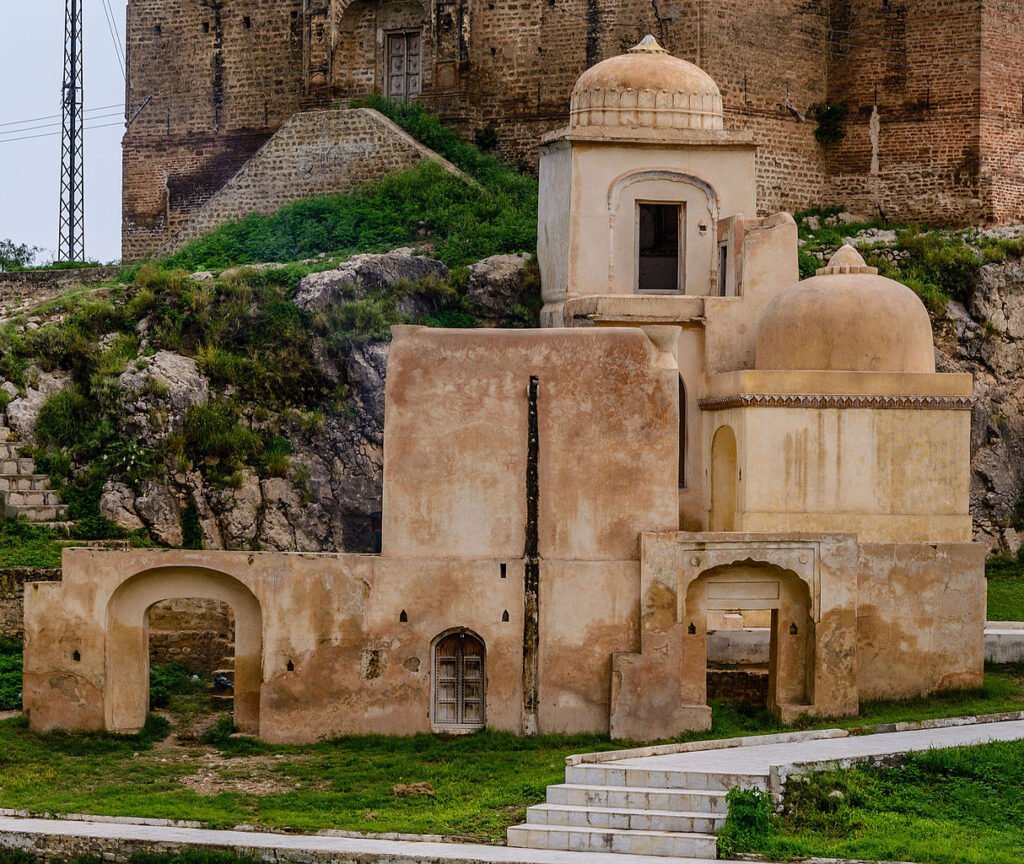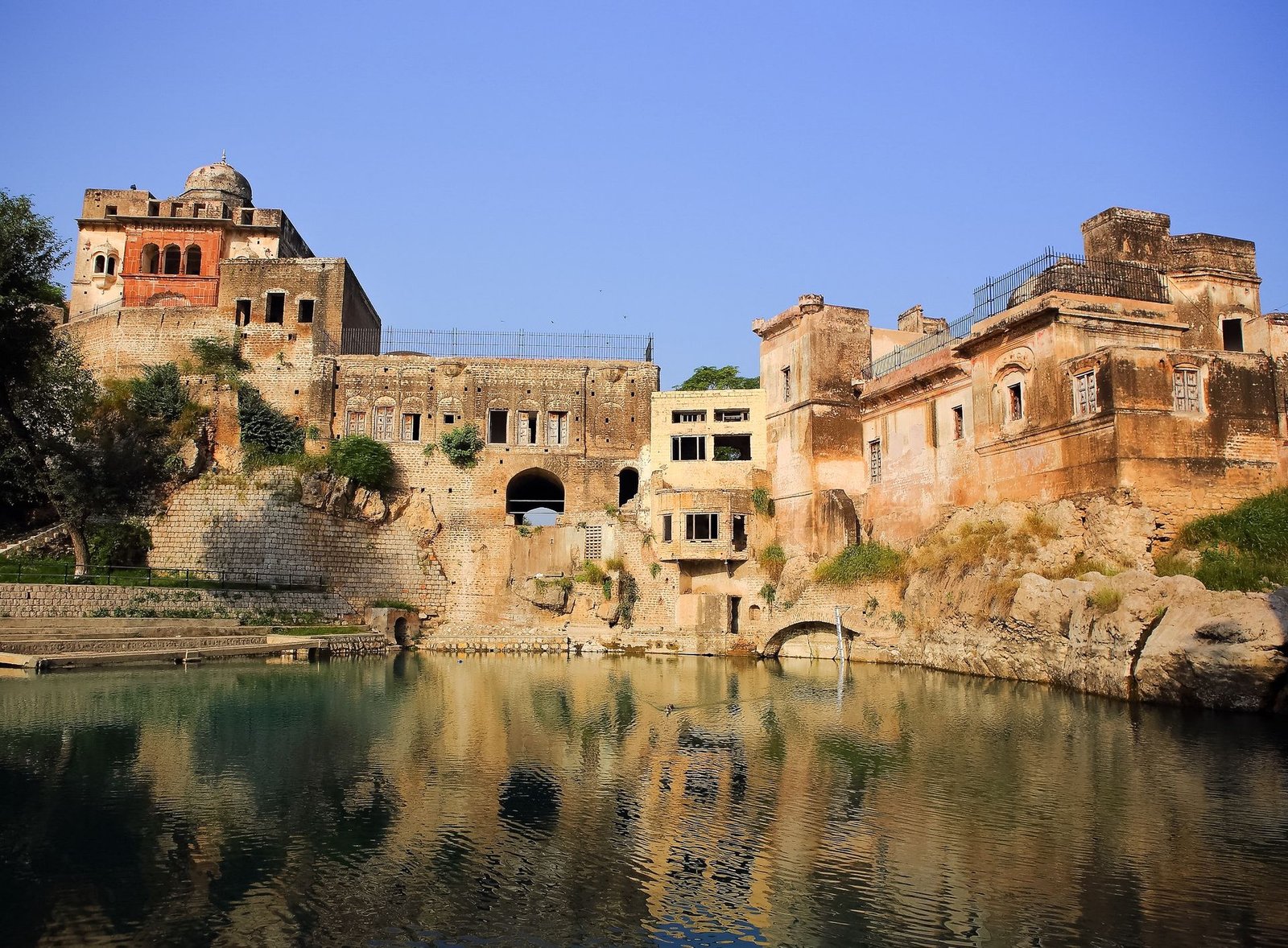Katas Raj Temples represent a complex of historical temples which were meant for the Hindu Lord Shiva. Most of them are at Katas, in Punjab, Pakistan, which have very important significance, rich history, and architectural grandeur value. The purpose of this paper is to describe more about the thrilling history, the architectural details of Katas Raj temples, along with their cultural importance.
History
Origins and Mythological Importance
The Katas Raj Temples are adequately mythologically significant. The local tradition proclaims that these temples were built by the Pandavas, or the mythical heroes of the Mahabharata. The general belief holds that during their exile, the Pandavas built these temples. The most famous myth associated with these temples is related to the sacred pond, which is believed to be connected with the tears of the goddess Sati.

Historical Timeline
Ancient Period
The temples of Katas Raj are thought to be from antiquity. The estimation of their construction is made between the 7th and 10th century CE. This might be one of the reasons they have buildings reflecting the combination of many architectural kinds like Hindu, Buddhist, and Persian influences.
Medieval Period
Katas Raj Temples architectural structure was inspired by a variety of rulers and dynasties during the medieval periods. Each diversified regime brought about renovations and additions one way or another further establishing the complex architectural composition developed within the temples.
Modern Times
The Temples of Katas Raj have been victimized by the environmental changes as well as the politico-social environment that has prevailed in the modern times. In quite a number of ways, efforts have been made to restore the historical monuments to their original status and glory.
Architectural Features
Layout of Temple Complex
The Katas Raj Temples are made up of numerous temples built around one huge holy pond. The design has been planned in such a way so as to depict the traditional classic Hindu architecture of the temples. Symmetry and harmony remain focused on in design and structure.

Design and Structure
The Sacred Pond
The most sacrosanct pond, which is popularly known as “Katas Raj” or “Katas”, is considered the center of Katas Raj Temples. It has been a manifestation of the tears of the goddess Sati and hence an important religious place for Hindu devotees.
Architecture of Temples
These are ornamented with carvings and sculptures of various gods and happenings in Hindu mythology. Architecture The architecture is representative of a combination of the traditional old Hindu temple design along with strains of other cultures, which is reflective of the influence that took place between the temples and other cultures over the years.
Cultural Significance
Religious Significance
Amongst the subcontinent’s places, Katas Raj Temples boast one of the most holy sites for the Hindus. Thousands of pilgrims from all over South Asia travel to visit the temples and their “mata da Pond” to pay their oblations and take a Holy dip in the holy pond.
History and Cultural Heritage
These temples are fundamentally embedded in their religious belief systems but, simultaneously, stand as sufficient testimony to the grand cultural heritage of the region. The temples would narrate stories about the architectural and artistic triumphs of the ancient civilizations.
Restoration and Preservation Efforts
Hitches Arising
The temples have been going through a series of challenges including environmental degradation, neglect, and political instability. All these factors have threatened not only the structural integrity of the temples but also the surroundings.

Restoration Works Currently Being Carried Out
Restoration and preservation works have been undertaken afresh in the recent past couple of years in the Katas Raj Temples. The government agencies, nonprofit organizations and the locals joined hands in the face of the challenges before them and ensured that the temples were conserved.
Future Prospects
The Katas Raj Temples therefore hold bright promise for the future in view of the fact that the restoration work is still continuing. Far more financial support will go a long way toward preserving these monuments of historical and cultural importance for generations yet unborn.
Conclusion
These Katas Raj temples bear evidence of oiled historical and cultural heritage in South Asia, right from architectural beauty to mythological significance, further to historical importance. These temples constitute a part of heritage in the region whereby restoration and preservation continue-doubtless, they will continue serving as a site for historical study and religious pilgrimage.




